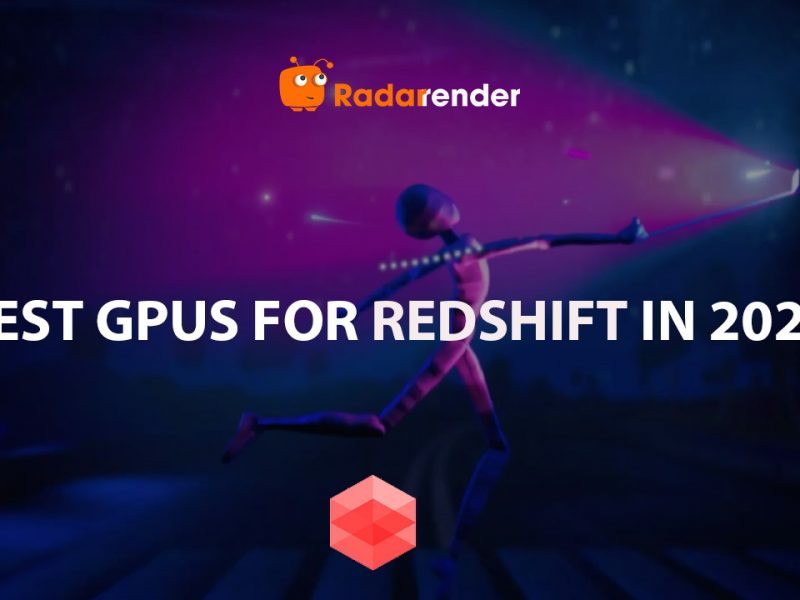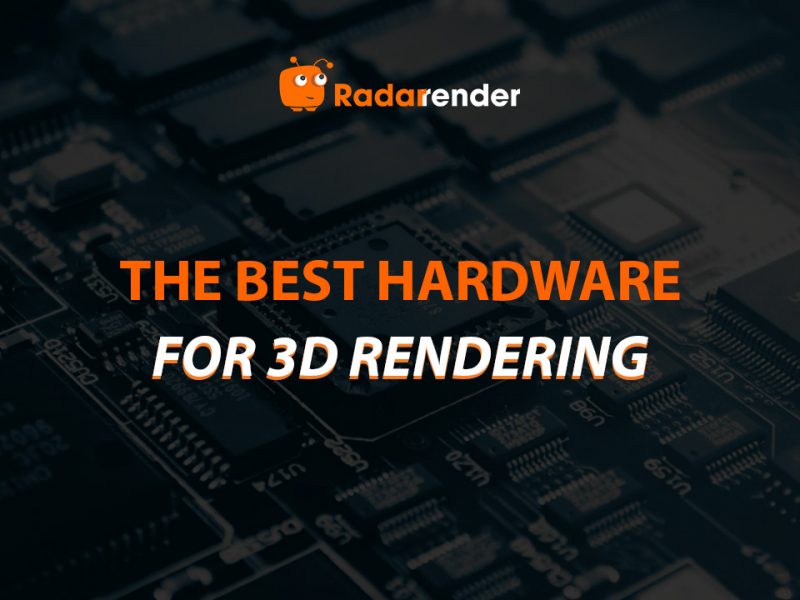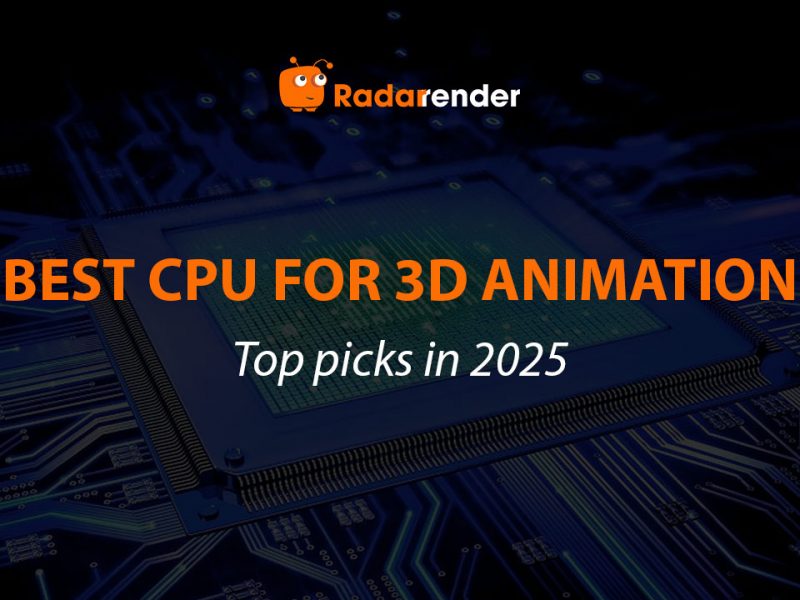GPU rendering vs CPU rendering: which is better?
Traditional renderings have relied solely on powerful CPUs, but today, fast GPUs can take on the task of rendering and speed up the look development of the final scene. Radarrender will look at the difference between GPU rendering vs CPU rendering, and find which is better for rendering your projects.
What is GPU rendering vs CPU rendering?
What is rendering?
Rendering is the process of making use of a software program to generate a final image from a 2D or 3D model. During the rendering process, we give a raw model all of the tiny details, such as textures, lighting, and camera angles, until we have the final output. Rendering serves applications in various industries including architecture, video games, simulators, movie and TV visual effects, and design visualization. Each application adopts a particular combination of features and techniques.
To help with the rendering, there are a wide variety of render engines available for use. A renderer, on the inside, is a meticulously crafted program based on a range of fields such as light physics, visual perception, mathematics, and software development. A render engine can be integrated into larger modeling and animation software or can be a standalone application, or a free open-source project.
These render engines will use either the CPU or the GPU in the computer to carry out the rendering. In addition, some hybrid renderers (such as Vray, and Cycles) will use both the CPU and GPU to create the final output.
What is GPU rendering?
GPU rendering is a technique that renders 3D scenes using one or many graphics cards which are also called GPUs. GPUs outperform CPUs in 3D rendering because GPUs are optimized for graphics computations and parallel computing. In contrast to CPUs which function in series, GPUs can process multiple jobs at the same time. Because rendering is easily parallelizable, for example, shooting rays, sampling pixels, or just rendering individual frames in a sequence, a GPU with thousands of cores easily outperforms CPUs in render performance.
Here are some examples of GPU render engines.

L’Artista Xmas by Can Erduman & Andi Wenzel. Image source: Maxon Gallery
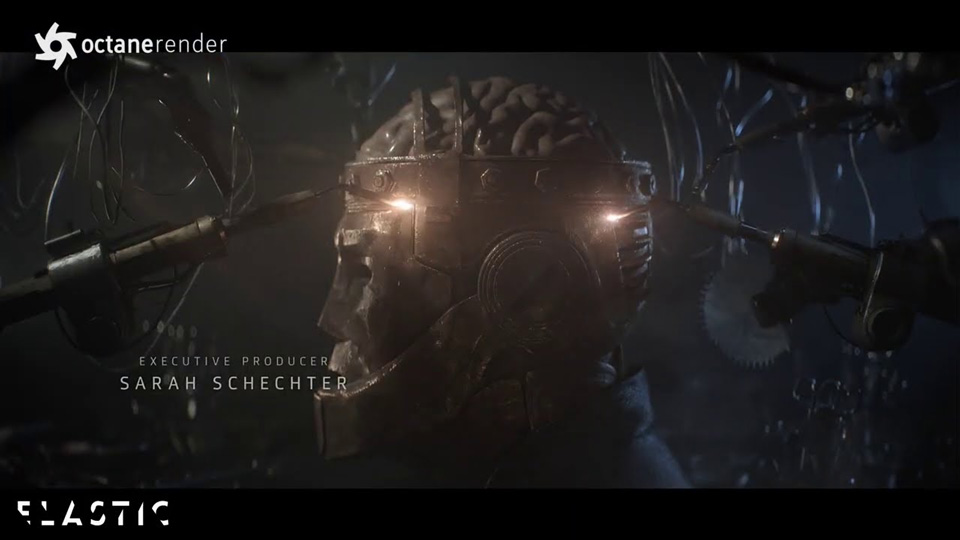
Image source: OTOY OctaneRender 2020 Showcase
What is CPU rendering?
CPU rendering is a process of solely using the CPU to render images. It is the traditional type of rendering and is also known for its quality and accuracy of renders. A modern CPU is made up of numerous high-power cores that work together to run a whole system. These cores operate at a high frequency, so they can perform tasks at a rapid speed. Furthermore, modern CPUs can have up to 64 cores, which means more exceptional rendering performance. The fact that the CPUs have access to onboard random-access memory (RAM) also helps with rendering. This enables artists and designers to render scenes containing massive amounts of data in an easy manner.
Here are some examples of CPU render engines.

Image source: corona-renderer.com

Image source: Disney Pixar’s Coco
Advantages – GPU rendering vs CPU rendering
Advantages of GPU rendering
There are several benefits to using GPU rendering. Generally, GPU rendering is many times faster than CPU Rendering for most scenes, particularly those with high resolution, complicated lighting, and a large number of textures. This is due to GPUs having more cores and being able to handle tasks in parallel better than CPUs. Thanks to its quick speed, you will get faster interactive preview renders, meaning faster project iteration. You, as a result, can improve the quality of your projects and make you more competitive among other artists.
Furthermore, it is very easy to scale up in GPU rendering. Simply put a couple of GPUs into your existing PC and you won’t need to buy a second one. The more GPUs you put in the system, the better performance your render is. Therefore, freelancers and studios benefit from having many GPUs in their workstations, rather than building a render farm. Many GPU-based render engines can support multiple GPUs for rendering, for example, Redshift can support up to 8 graphics cards in a session.
Advantages of CPU rendering
There are several benefits to using CPU rendering. Unlike GPU rendering, CPU rendering is not limited by the number of graphics cards installed in your system or their speeds, nor is it limited by the amount of VRAM on your GPU. It has quick access to RAM (the system memory) which we can easily increase. Also, RAM has generally greater capacity than VRAM, giving artists the ability to handle highly complex scenes.
More importantly, CPU render engines have been around for a longer time and CPUs are excellent at performing all types of computations. So, CPU render engines typically have a broader set of features than GPU render engines. Especially for rendering software that was originally CPU based, but was later expanded to support GPU rendering. Arnold Renderer is an example, though its GPU renderer supports a set number of Arnold features, it does not cover all features nor give the accurate final looks as Arnold CPU renderer does. All things considered, CPU rendering can be the better option for large studios that manage complex projects that require high quality and an array of features of DCC tools.
Disadvantages – GPU rendering vs CPU rendering
Disadvantages of GPU rendering
GPU rendering also has some downsides that you should be aware of. GPU rendering is very fast, given your entire scene fits in the GPU’s VRAM. If your scene is too large or complex, you may encounter memory limits or crashes. In some cases, when VRAM is not large enough, the scene will spill over and use the RAM of the system instead, which drastically slows down the rendering performance.
Regarding memory capacity, GPUs generally are inferior to CPUs. The fact that GPUs usually have around 8 to 24 GB of VRAM (the professional GPUs can have up to 48 GB of VRAM but are much more expensive for the same performance), while CPUs access the system memory which is usually 16 to 128 GB in modern systems, and easily upgradeable to higher amount. In addition, some rendering software and tools are more tuned for CPU rendering or have constraints with GPU rendering. Because of that, GPU rendering may not offer all of the capabilities that you require for your project.
Disadvantages of CPU rendering
Sames as GPU rendering, CPU rendering has its drawbacks. The biggest minus point of CPU rendering is that it is far much slower than GPU rendering. This is due to the fact that CPUs tend to have fewer processing cores and handle serial tasks (one task at a time). It is difficult to speed up the renders in CPU-based render engines, especially when you need fast iteration and live previews to improve the quality. So when you are creating animations, very complex scenes or have tight deadlines, or want to iterate a lot to enhance quality, CPU rendering can be a big problem.
It is undeniable that you are able to render your scenes faster using a high-end CPU or a CPU render farm. However, you have to spend more money on an expensive CPU or invest a huge amount of money and time on multiple CPUs (together with multiple computers) to get a render farm. To achieve the same rendering speed, you can just get a single powerful GPU, or add many GPUs in one single workstation for a more reasonable expense.
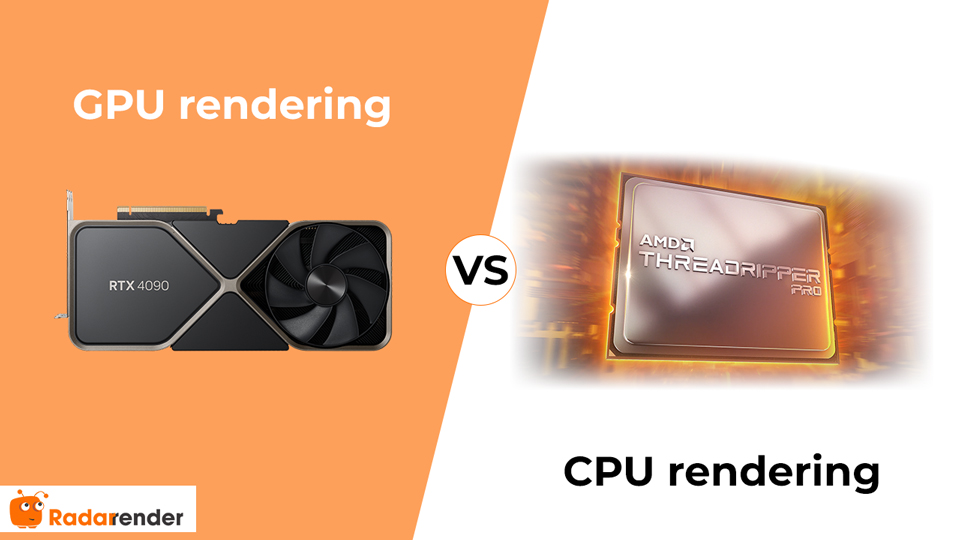
GPU rendering vs CPU rendering: which is better?
All in all, the most noticeable difference between GPU rendering vs CPU rendering is that GPU rendering has much faster rendering speeds, but CPU rendering is more accurate. Therefore, GPU rendering is the best option if you want lightning-fast render time and have more time to iterate more often and fine-tune your scenes. On the other hand, CPU rendering is better for very complex scenes that need a lot of RAM. Plus, CPU rendering gives more accurate final results, whereas it is easier and more affordable to scale up in GPU rendering.
There is no one-size-fits-all solution when picking between GPU and CPU rendering for your projects. It is dependent on your projects and needs. Other than solely using CPU or GPU for rendering, you can also use hybrid solutions that combine GPU and CPU rendering. Or you may use cloud rendering services to speed up the renders without investing much in the hardware.



